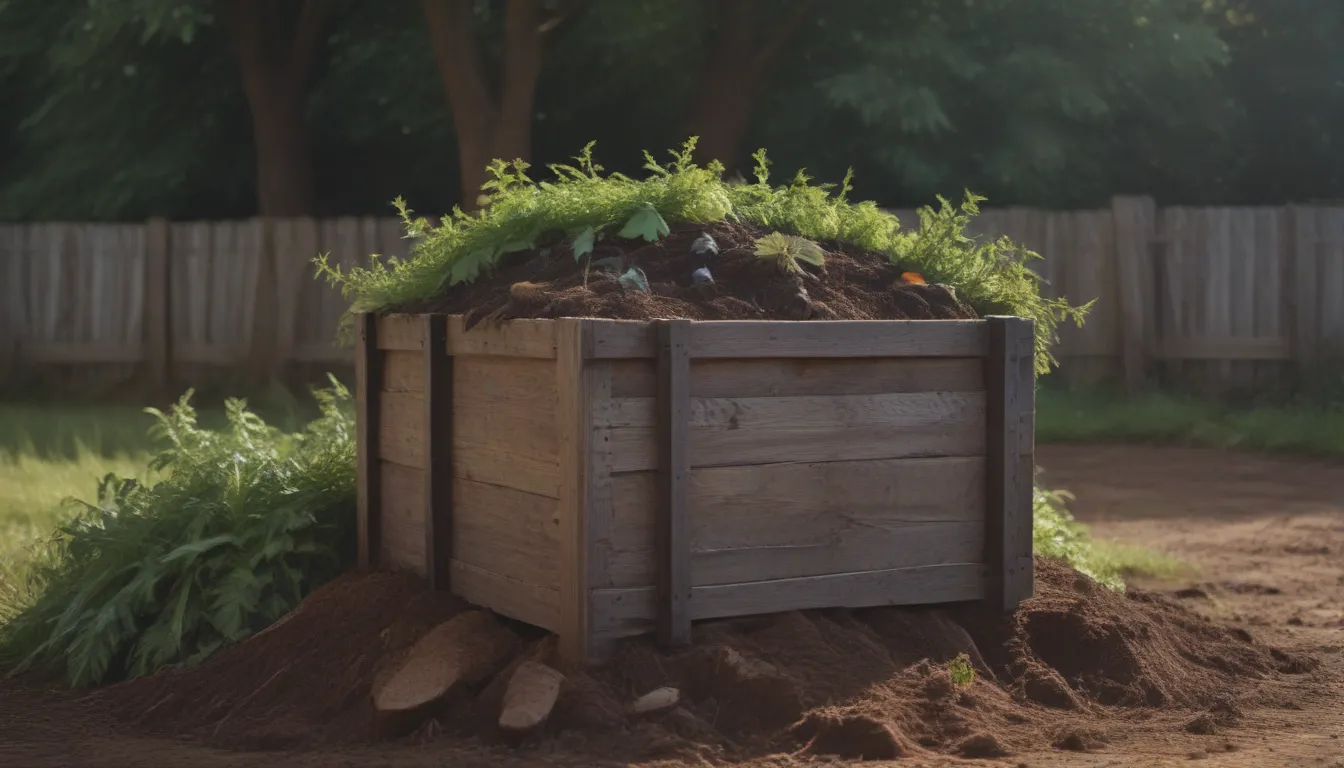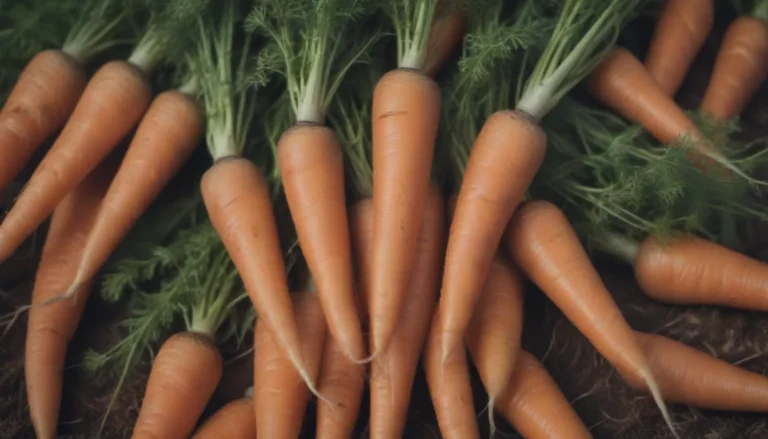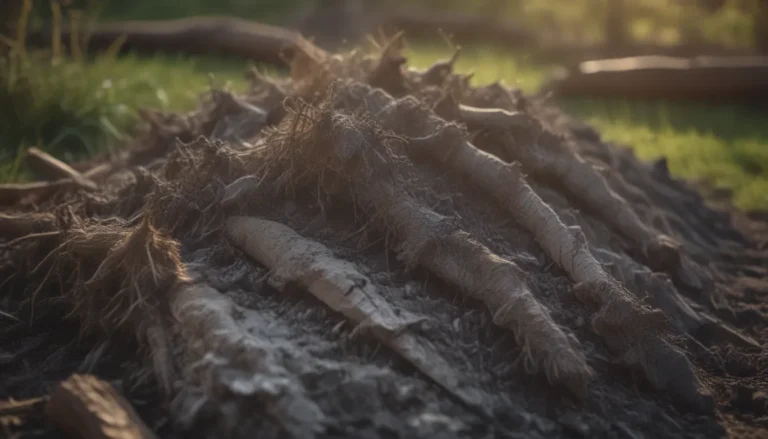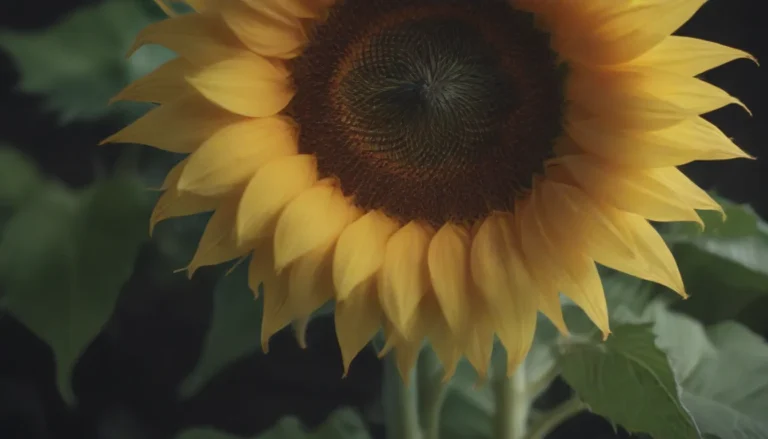The Ultimate Guide to Compost Bins: Everything You Need to Know

Are you considering starting your composting journey? Perhaps you’re a gardening enthusiast looking to take your green thumb to the next level. Whatever your motivation, investing in a compost bin is a fantastic idea to kickstart this eco-friendly practice.
In this comprehensive guide, we’ll delve into the world of compost bins—how they work, the benefits of composting, different types of bins, how to choose the right one, and essential tips to make your composting journey a success. So, grab your gardening gloves, and let’s dive in!
Understanding Compost Bins
Before we jump into the nitty-gritty details, let’s start with the basics. A compost bin is a container designed to hold organic waste, which eventually breaks down into nutrient-rich compost. These bins come in various shapes and sizes, from DIY backyard barrels to sleek indoor composters. The primary goal of a compost bin is to create the ideal environment for the decomposition of organic matter.
Benefits of Composting
Composting offers a myriad of benefits, both for the environment and your garden. Here are a few reasons why composting is a practice worth embracing:
- Reduces landfill waste: By composting organic materials, you can significantly reduce the amount of biowaste that ends up in landfills, thereby cutting down carbon dioxide emissions.
- Produces valuable soil amendment: The nutrient-rich compost produced through composting is a fantastic soil conditioner for houseplants, gardens, and yards.
- Supports community gardens: Even if you don’t have outdoor space, your compost can be a valuable contribution to local community gardens, often referred to as “black gold” by avid gardeners.
Active vs. Passive Composting
There are two primary methods of composting: active and passive. Understanding the difference between these approaches can help you choose the right method for your composting needs.
- Active composting: In active composting, the organic material is regularly turned to enhance oxygen flow and moisture levels, promoting faster decomposition.
- Passive composting: Passive composting is a hands-off approach where the compost is left to decompose naturally over time without turning or aerating.
Choosing the Right Compost Bin
With a plethora of compost bins available in the market, selecting the right one can seem overwhelming. Here are some key factors to consider when choosing a compost bin that suits your needs:
- Indoor or outdoor bin: Determine whether you need an indoor compost bin for kitchen scraps or an outdoor bin for yard waste.
- Size: Consider the amount of organic waste you generate to select a bin with adequate capacity.
- Time: Decide whether you prefer a fast composting process (active composting) or are comfortable with a slower decomposition rate (passive composting).
Types of Compost Bins
Based on the criteria above, here are five common types of compost bins to explore:
- DIY composters: Budget-friendly options for backyard composting.
- Commercially made compost barrels: Ready-made bins with added features for efficient composting.
- Tumbling composters: Innovative bins that facilitate easy turning and aeration of compost.
- Indoor composters: Compact bins designed for kitchen composting.
Understanding Aerobic and Anaerobic Composting Systems
Composting systems can be categorized into aerobic and anaerobic systems, each operating in distinct ways to break down organic matter.
- Aerobic composting: This method relies on oxygen-dependent organisms to decompose organic materials efficiently.
- Anaerobic composting: In anaerobic systems, organic matter breaks down in the absence of oxygen, providing quicker results but requiring a more controlled environment.
How to Start Composting
Once you’ve selected the right compost bin and found the perfect spot for it, you’re ready to kick off your composting journey. Here are some essential tips to get started:
- Familiarize yourself with the dos and don’ts of composting materials.
- Maintain the proper balance of green (moist) and brown (dry) materials in your compost bin.
- Regularly turn the compost to ensure even decomposition and oxygen flow.
- Monitor moisture levels and add water if the compost pile appears dry.
What to Compost and What to Avoid
To maintain a healthy compost pile, it’s essential to know what materials are suitable for composting and what to steer clear of. Here’s a quick guide:
What to compost:
– Fruit and vegetable scraps
– Coffee grounds and filters
– Eggshells
– Yard waste (e.g., grass clippings, leaves)
What to avoid:
– Animal and seafood products
– Dairy products
– Oil, grease, and fatty foods
– Diseased plants and plants treated with pesticides
Determining Compost Maturity
The time it takes for compost to mature varies based on factors like bin size, temperature, and the types of materials added. Generally, compost can be ready in as little as two months for active composting methods, while passive composting may take up to a year.
Tip:
Mature compost typically has a dark brown color, earthy smell, and crumbly texture, indicating that organic matter has fully decomposed.
Maintaining Your Compost Bin
Proper maintenance is key to ensuring a successful composting process and extending the life of your compost bin. Here are some maintenance tips to keep in mind:
- Clean the compost bin after harvesting mature compost with soap and water.
- Check the compost bin periodically for damage, such as cracks or holes that may attract pests.
- Ensure the bin lid is secure to prevent pests from accessing the compost material.
Keeping Pests at Bay
One common challenge in composting is pests infiltrating your compost bin. To prevent unwanted visitors, follow these tips:
- Keep the compost bin closed at all times.
- Avoid adding food scraps that attract pests.
- Regularly inspect the bin for any signs of pest activity.
David Beaulieu, a seasoned landscaping expert with 20 years of experience, emphasizes the importance of proper composting practices to achieve successful outcomes.
In conclusion, composting is a rewarding and sustainable practice that benefits both your garden and the environment. By understanding how compost bins work, choosing the right bin for your needs, and following best practices, you can embark on a fulfilling composting journey. Happy composting!
Reference: Project Drawdown





